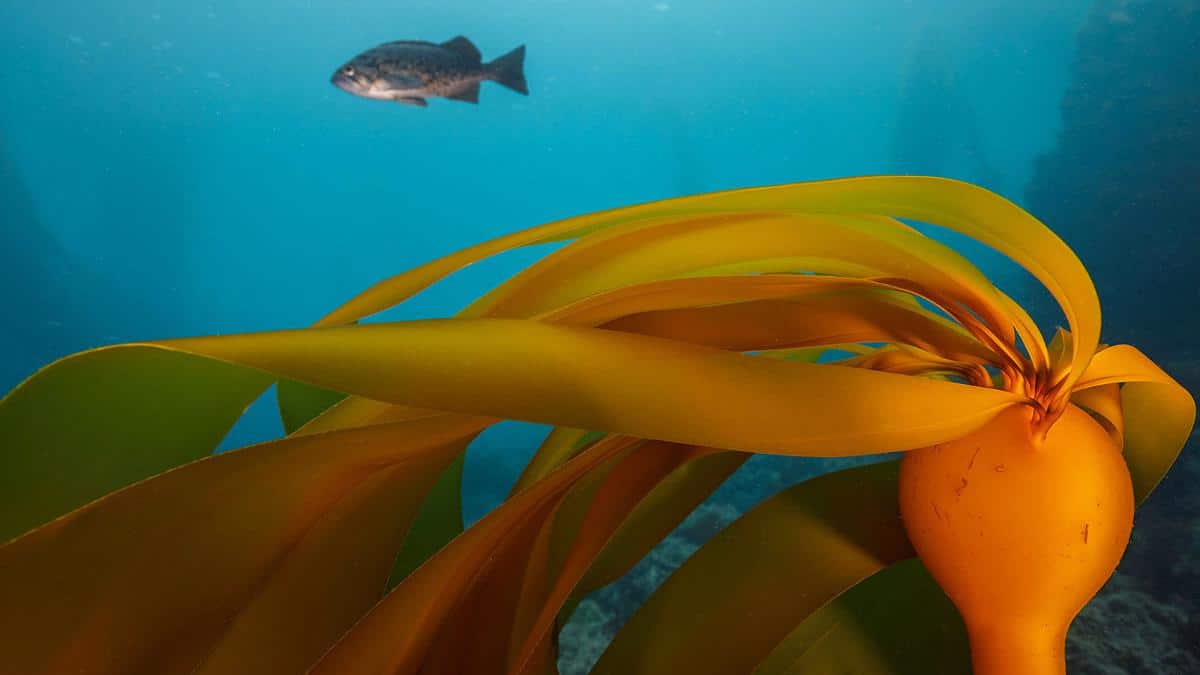
95% of Bull Kelp Forests Have Vanished From 200-Mile Stretch of California Coast

By YCC Team
Until recently, giant seaweed called bull kelp formed lush underwater forests in northern California’s coastal waters. These kelp forests have long provided critical habitat for many species like salmon, crabs, and jellyfish.
But now just a few patches of bull kelp remain.
“It’s very desolate looking,” says Meredith McPherson of UC Santa Cruz.
She was part of a team that studied satellite images of about 200 miles of California coastline. They found that starting in 2014, the area covered by kelp dropped by more than 95%.
She says the die-off was driven in part by an underwater heat wave, which depleted nutrients in the water and made it harder for the kelp to grow.
Compounding the problem, populations of purple sea urchins, which eat kelp, have exploded in the region.
In coming decades, more marine heat waves are expected.
“We know that these types of events – these warm water events and stronger El Niños – are going to become more common and frequent with climate change,” McPherson says.
So she says warming waters and hungry urchins will make it harder for these kelp forests to survive.
Reporting credit: Sarah Kennedy / ChavoBart Digital Media
Reposted with permission from Yale Climate Connections.

 233k
233k  41k
41k  Subscribe
Subscribe 